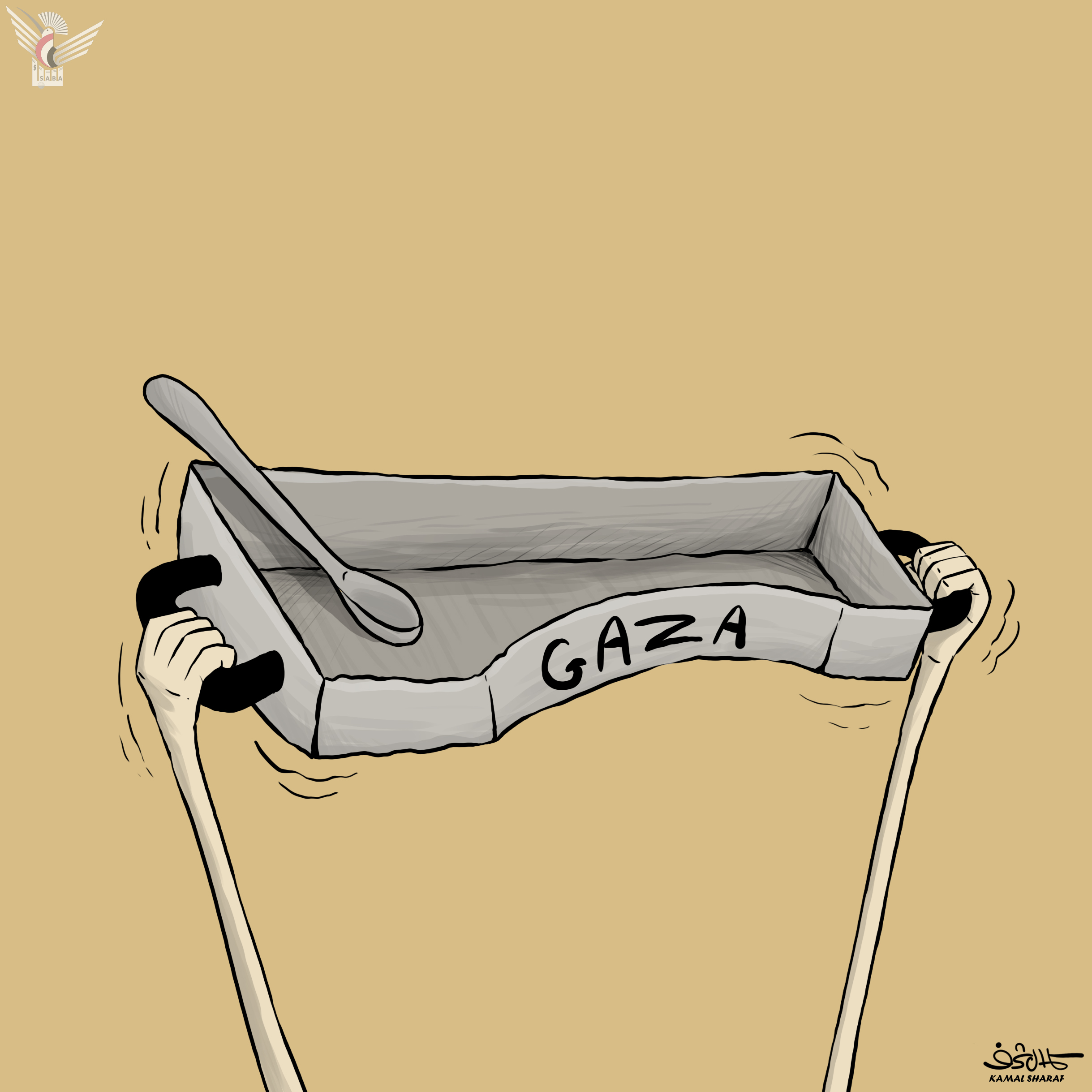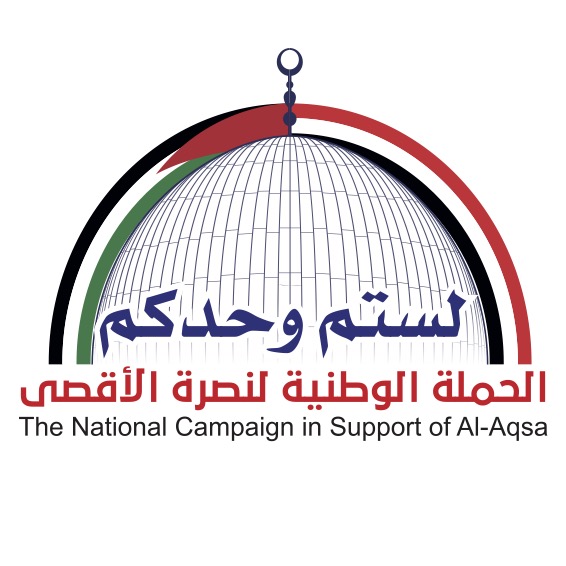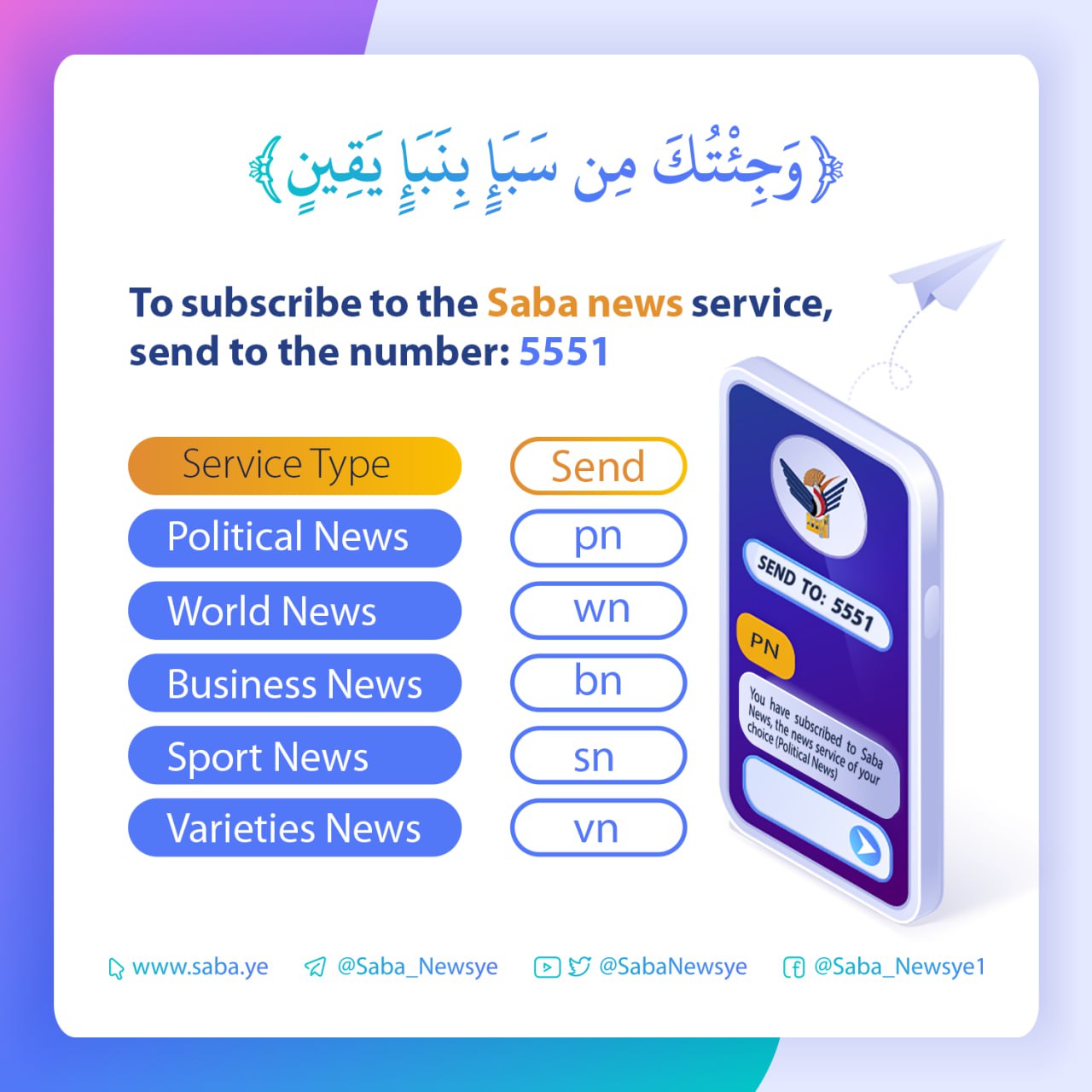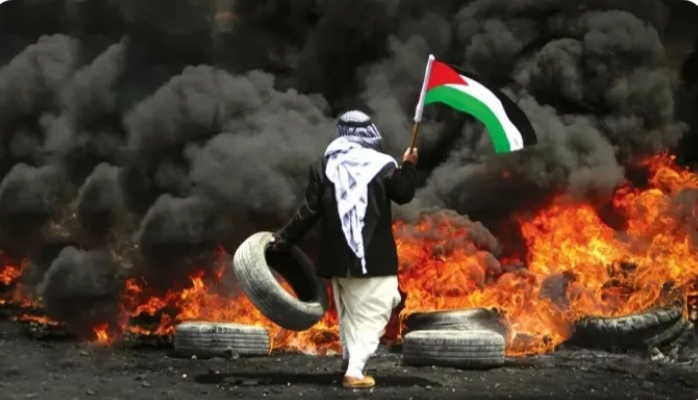CAPITALS December 30. 2023 (Saba)-Whoever reads the scene well since the beginning of “Al-Aqsa Flood” battle realizes that the military operations of the Palestinian resistance factions in the occupied West Bank constituted a turning point in the context of the raging conflict with the Zionist enemy after they restored respect to the unifying identity among the resistance factions, and also recreated awareness about the unity of resistance work the Palestinian from the river to the sea.
"Al-Aqsa Flood" battle revived the areas of the occupied West Bank, which emerged as an arena capable of turning the tide of battle from deep within the Zionist entity, and thus there was a strategic conviction in the option of resistance against the occupation as the Palestinian people's path to liberating their land.
"Al-Aqsa Flood" operation came as a new test for the West Bank resistance. It was an essential support in the battle in which it quickly engaged, and it was able to impose its own style, in which it embodied the one gift, the one word, and the one common blood bond that was asked in the battle itself. There are no limits that prevent the identity of the Palestinian resistance is complete.
In addition, “Al-Aqsa Flood” equation is no longer limited to Gaza, as the plates of the West Bank moved under the enemy’s feet throughout the length and breadth of the occupied areas of the West Bank and Al-Quds, which achieved a multi-dimensional strategic achievement, represented in the unity of the resistance factions, in connecting the squares, and not perpetuating the separation of Gaza from the West Bank, Al-Quds, and all occupied Palestine.
Despite the great efforts made by the Zionist enemy in confronting the resistance in Gaza Strip, confining it to the areas of the Strip, and creating models of quiet areas far from confrontation and pressure, the recent operations in the occupied West Bank have proven that these models are a failure, and that there is a danger of growing resistance in the West Bank after the battle.” Al-Aqsa flood" has reached a stage that is difficult to control.
Since the beginning of Al-Aqsa Flood Battle , a series of Palestinian resistance operations have increased in various areas of the West Bank and Al-Quds, targeting enemy forces and herds of settlers , leading to the killing and wounding of dozens of them since the beginning of Al-Aqsa Flood Battle.
Here, the Palestine Information Center - Ma'ta documented more than 3,000 operations in the West Bank and Al-Quds, including 2,100 confrontations with enemy forces and herds of settlers, and 800 shooting operations, including 300 specific operations that resulted in the killing of ten Zionists.
Ma'ta explained that the total number of confrontation areas in the West Bank governorates reached 332, while 491 demonstrations and marches took place in various cities.
More than 326 Palestinians were killed and more than 3,800 others were injured, while the Zionist enemy arrested more than 4,840 Palestinians.
Contrary to the enemy's security expectations, which indicate that the situation in the occupied West Bank will be controlled with a tightening of the security grip, new resistance groups have emerged from the Palestinians towards confronting the Zionist enemy.
The factional action in the West Bank did not stop at the level of military resistance, as Palestinian activists launched a campaign to write lessons and draw pictures in support of the Palestinian resistance on all the walls of cities and towns in the West Bank, as a challenge to the enemy and in supporting Palestinian resistance in Gaza.
The activists called on the revolutionary youth to restore the glories of the Intifada and express their support for the resistance and their rejection of the occupation, by writing on the walls and hanging banners, highlighting the symbols and martyrs of the Palestinians, the resistance, and distributing statements in the streets and roads.
The campaign comes after the enemy distributed leaflets and pasted them on the streets of the West Bank, warning young men against engaging in resistance activities, or publishing any materials that support the Palestinian resistance, especially with the great support for the resistance during Al-Aqsa Flood Battle.
Therefore, what the Palestinian resistance in the occupied West Bank embodied against the Zionist entity is not, on its part, an additional round of fighting, but rather the beginning of a long battle aimed at breaking the unjust Zionist aggression against the Palestinians.
The Palestinian resistance operations have established themselves as a clear and specific title, and these factions have also proven that they are one body that fights, sacrifices and resists for the sake of all occupied Palestine.
What distinguishes the current resistance operations in the West Bank is the participation of fighters from Hamas and Islamic Jihad with fighters from Al-Aqsa Martyrs Brigades, affiliated with Fatah movement, in unified armed groups.
Among the most prominent of these groups are “Jenin Brigade” in Jenin Camp, “Lions’ Den” group, and the “Balata Camp” Brigade in Nablus.
Here it can be said: The various fronts of the West Bank regions are not far from the path of “Al-Aqsa Flood” operation, and therefore they carry strategic dimensions and fundamental changes in the battle with the Zionist entity, the effects of which will have consequences, the most important of which is the confirmation that the Palestinians will not kneel or surrender and will continue their heroic military operations against the occupation despite all the difficulties and challenges.
J.A
resource : SABA

| more of (Reports) |




